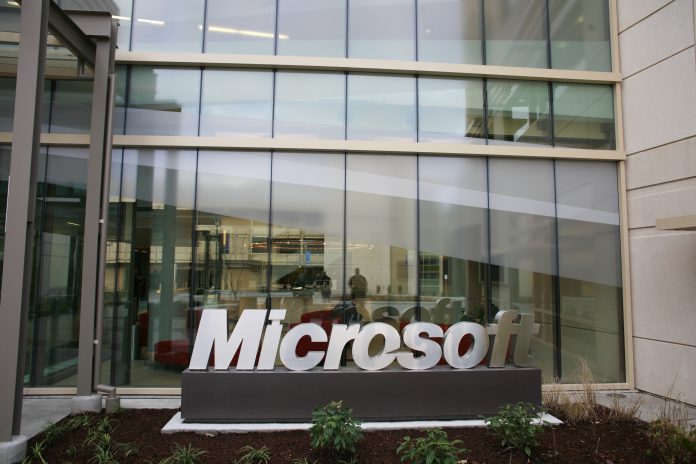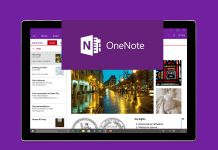After a year of work, and a Windows release, the team has some clarity. In a developer series, Microsoft’s Aaron Gustafson explains his company’s interest in PWAs. For the unfamiliar, a PWA is a regular web page that can be used like a traditional or mobile application. They load like a regular page but can offer things like offline support, launching from the home screen, and push notifications.
The UWP Crossover
However, with UWP apps already offering such functionality, the use case on PC isn’t clear-cut. Gustafson admits they’re seen as primarily mobile, but it doesn’t mean Microsoft’s support is worthless. “The reality is that Microsoft has been very interested in the web for quite a long time,” he says. “When Windows 8 came along we actually enabled developers to build native apps using web technologies…we see that the web is a great distribution mechanism, a great place to invest in building great experiences.” “We want to be supportive of that, and we want to create discoverability within the Microsoft Store, within Bing search results, and that sort of thing.” In Windows 10, PWA-focused APIs let developers add sharing, timeline integration, and dark mode detection. Gustafson hints that it’s about giving them more freedom to build apps in the way they want to, while still providing good experiences to users.




